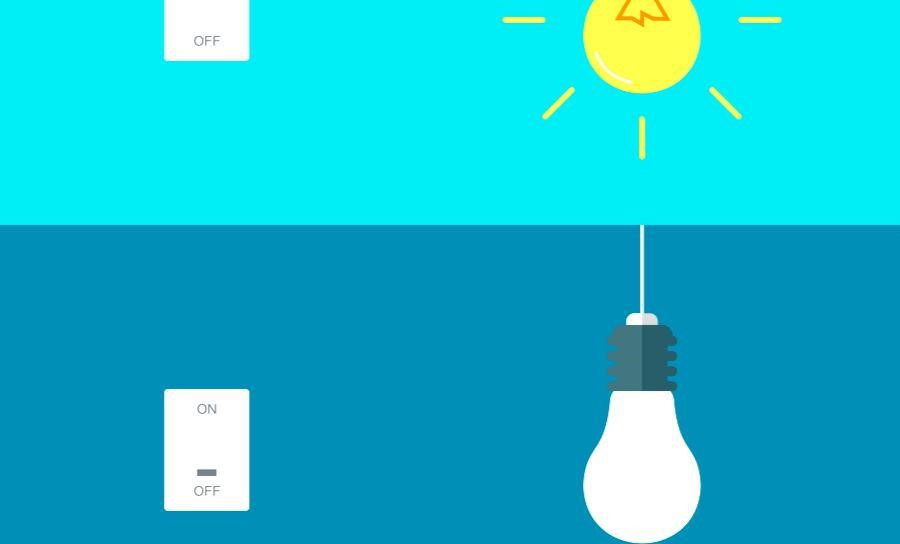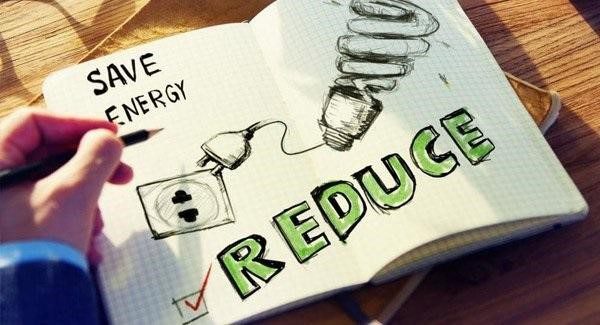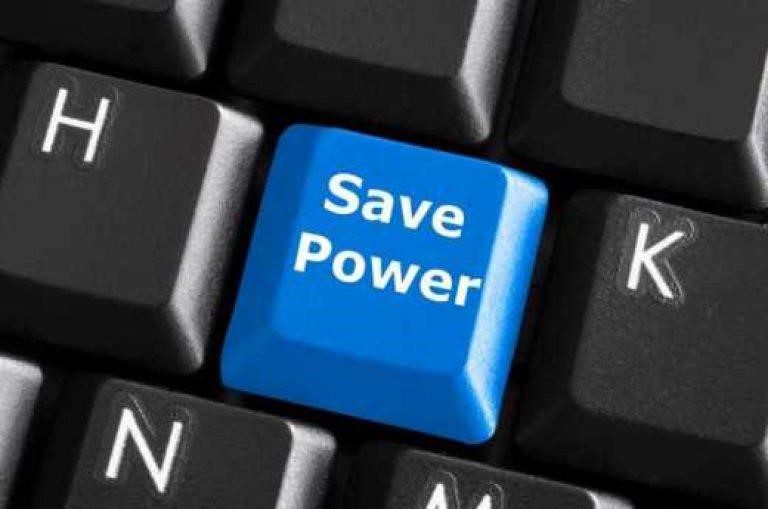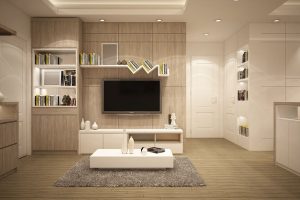Energy bills in many European countries have peaked dramatically in the last few years. Norway is a perfect example. In the year 2022, residents had to pay around 10 times more than what they paid for a kilowatt-hour of electricity the previous year.
What a drastic increase within the space of one year. Sadly, there are no assurances that the situation will get any better. As a result, consumers need to practice energy-saving tips for reduced power consumption.
This is to lighten the financial burden brought about by the rising cost of electricity. Some of these tips will be discussed in this article. So, keep reading to learn more.
How to Save Energy and Lower Your Electricity Bills

Saving energy would play a huge part in reducing electricity bills. Fortunately, this can be achieved by focusing on:
- Upgrading appliances
- Optimizing indoor lighting
- Managing indoor cooling and heating systems
- Unplugging electronic devices
- Incorporating smart technology
- Efficient water usage
All of these tips will help reduce electricity consumption costs. Let us discuss them one after the other:
Upgrade Your Appliances
Your appliances take up a large chunk of consumed electrical power. For example, when considering a refrigerator’s power consumption or hvor mye strøm bruker kjøleskapet in Norwegian, consumers can spend as much as 150 dollars powering this appliance alone. It could even be a lot more with options that are not energy efficient.
As a result, you need to choose the right appliances or may even need to upgrade existing ones. We are talking about your refrigerator, dishwasher, microwave, toaster, mixer, iron, vacuum cleaner, rice cooker, oven, electric kettle, juicer, and several other home appliances.
Opting for energy-efficient home appliances is important. By doing so, you will greatly reduce the operating cost of these appliances; which greatly impacts power consumption.
Work on Your Indoor Lighting
Paying little or no attention to indoor lighting is one of the reasons for increased power consumption. As a result, due attention should be paid to your indoor lighting. To do this, you are required to:
Consider Natural Lighting Options
There are several ways to go about this depending on the state of your indoor space. Some of the recommendations include:
- Having Your Indoor Space Painted With Bright Colors – These are colors that will help reflect natural light during the day. White is the best color for this purpose. However, pale brown and light gray colors are great alternatives. Doing this would mean very little or no need for electricity-powered lights during the daytime
- Strategic Use of Mirrors – Mirrors can help because of their reflecting abilities. You can equally explore the use of other accessories that can reflect light
- Maximize Your Windows – Make the most of sunlight through your windows
- Carry Out Some Indoor Readjustments – Sometimes, the problem is not that sunlight is not getting inside. Rather, it is that there are obstructions in its way. For example, the problem could be how you have stationed your furniture. So, do some indoor readjustment and see if this works
You can try all these out and see if they help in lightening up your indoor space. But you also need to explore energy-efficient electricity-powered lights as explained below.
Choose Energy-Efficient Artificial Lighting Options
Energy-efficient artificial lighting options consume less energy than traditional lighting options. For example, if it cost 40 dollars a year to power your energy-efficient bulbs, you could be spending 72 dollars if you were using traditional bulbs. That is a whopping 80 percent increase and it goes to show how important it is to use energy-efficient lighting options.
Judicious Use of Your Electricity-Powered Lights
Ensure that your lights are not left on when they are not used. For example, turn them off when there is no one in the room. You can as well turn them off when you are about to sleep.
All of these recommendations as it concerns indoor lighting will lower electricity cost. So, take note of them going forward.
Proper Management of Indoor Cooling and Heating Systems
We did mention how regular home appliances consume quite a lot of electricity. Well, they all do not come close to the amount of power spent running heating and cooling systems, in most cases. This just goes to show how much power heating and cooling systems consume.
As a result, proper management of indoor heating and cooling systems will greatly reduce power consumption. For starters, proper home insulation is required for this to happen.
A poorly insulated home means that the heater has to work harder to keep occupants warm. This is because of the amount of external air that gets into the building. In the same vein, poor insulation means that the air conditioning needs to work more than it should. This is because of how the cool air generated indoors quickly finds its way out.
Judicious use of heating and cooling systems is also required. Programmable thermostats are very helpful for this purpose. You can easily regulate indoor temperature with them. For instance, this allows you to switch off or lower the temperature in the room when it is unoccupied.
Unplug & Power Down
It is not enough to turn off some electronic devices. You need to unplug them as well. The reason is that some of these electronic devices continue to impact power consumption even when they are not being used.
For example, there are gaming consoles, televisions, and even mobile phone charges that work this way. This is known as phantom loads or standby power. You can also use devices known as power strips for this purpose. You do not have to manually unplug these electronic devices with power strips. The reason is that these devices will automatically do this for you by cutting off power to these electronic devices.
Incorporate Smart Technology
Incorporating smart technology can cost you quite a bit at first. However, it is a smart decision because it is cost-saving in the long run. You can control and even monitor energy usage with smart home technologies. So, you should start exploring energy monitoring devices, smartphone apps, smart thermostats, and anything else that fits the description of smart technology.
Efficient Use of Water
Water is a necessity! However, inefficient use of water can increase power consumption. As a result, you need to take measures to ensure its efficient use.
For example, upgrade your faucets and showerheads to low-flow options if you are not already using them. Furthermore, do not take any leaks lightly. Ensure that they are fixed immediately. So, do not turn a blind eye to that leaking pipe in the kitchen or dripping faucets.
Doing mass laundry rather than doing laundry too many times is also advised. This will lead to efficient water usage which will positively impact power consumption.
Conclusion

Proactive measures need to be taken by homeowners to reduce power consumption. This is very important, especially in times like this. For this reason, quite a lot has been said about reducing power consumption and homeowners need to start implementing these proven tips.












